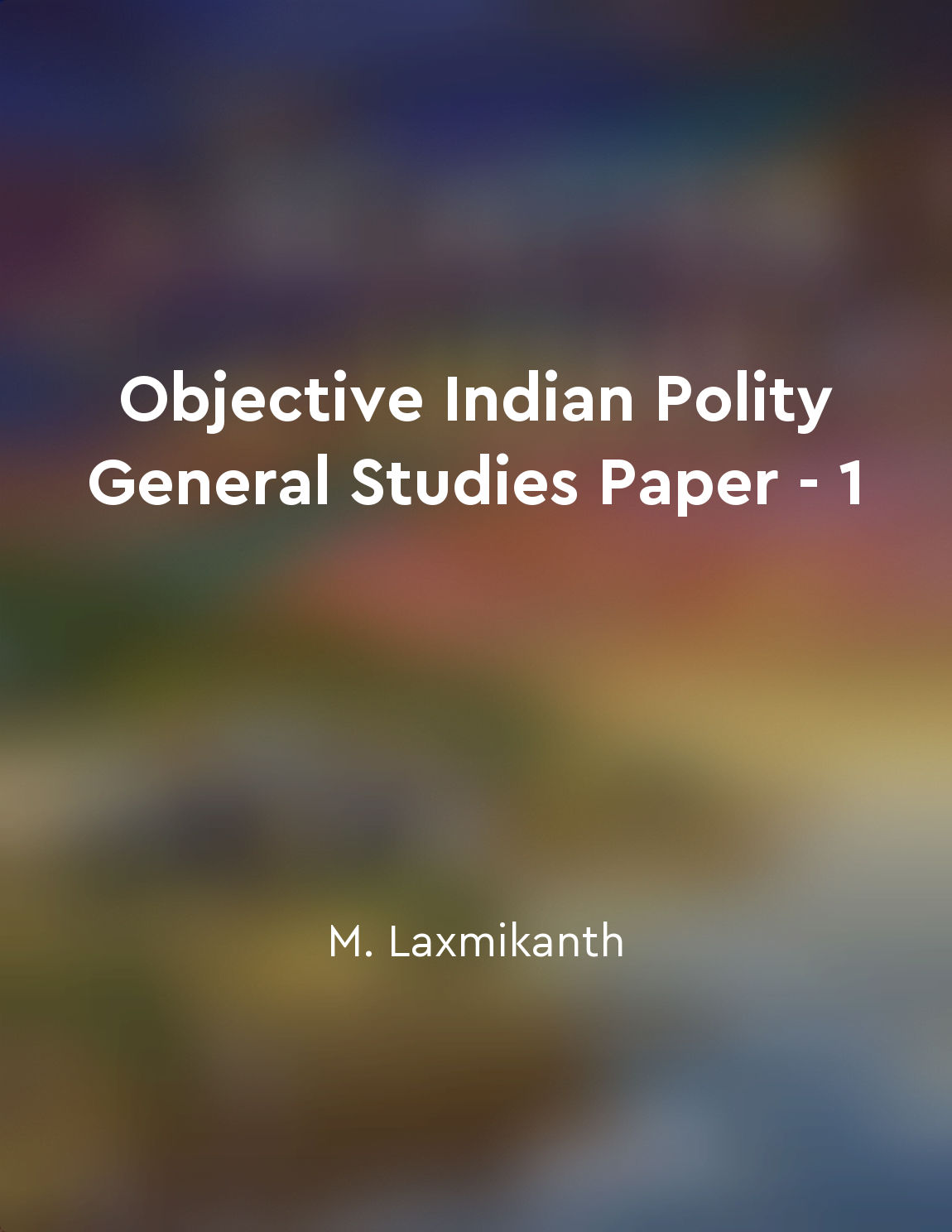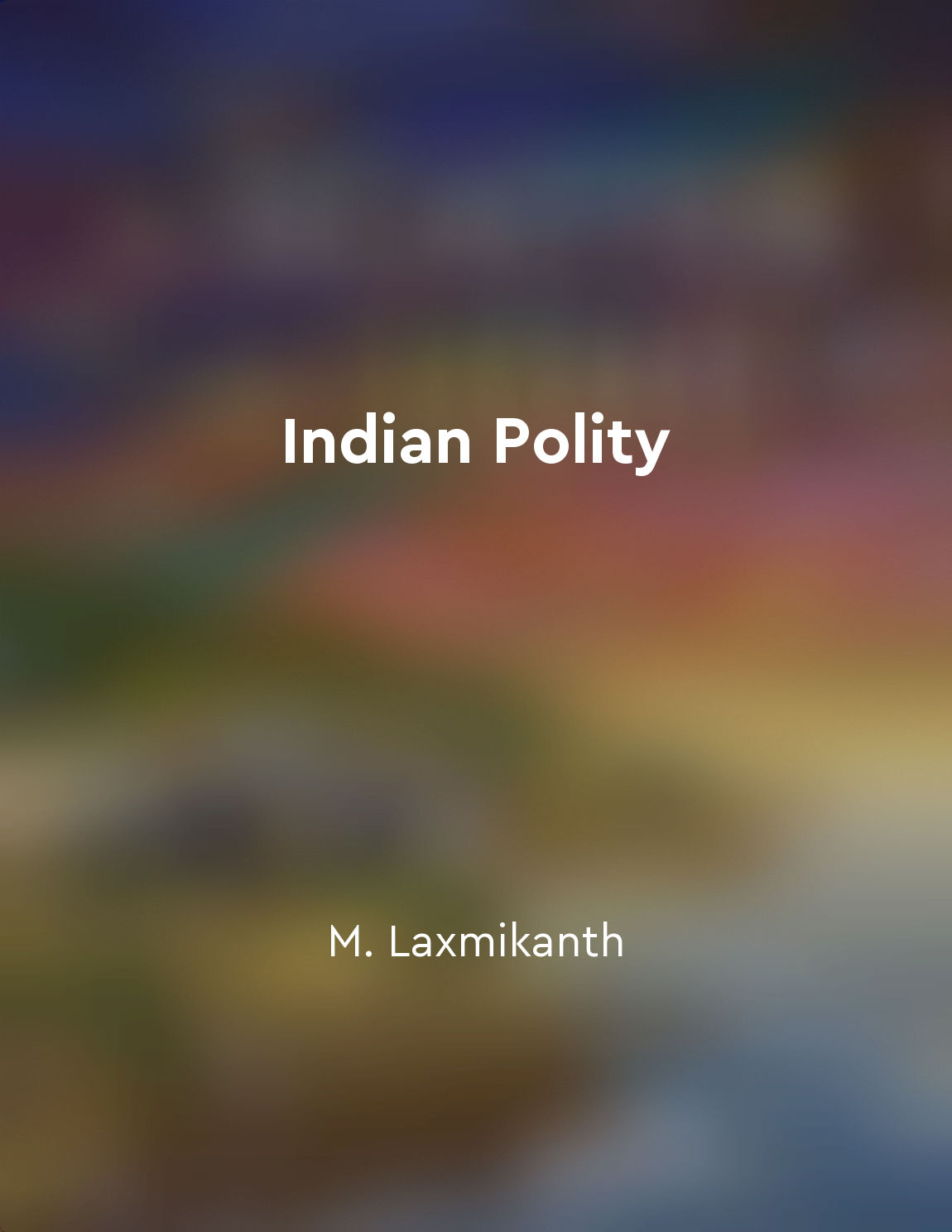The Constitution establishes a federal structure from "summary" of Constitution of India (Prabhat Prakashan) by Pratap Kumar Ghosh
The federal structure of the Constitution of India is a key feature that defines the distribution of powers between the central government and the state governments. This division of powers is essential to ensure that both levels of government have their own spheres of authority and responsibilities. The Constitution clearly delineates the powers of the central government in List I of the Seventh Schedule, also known as the Union List. This list includes subjects such as defense, foreign affairs, and currency, which are under the exclusive jurisdiction of the central government. On the other hand, List II of the Seventh Schedule, known as the State List, enumerates subjects like police, public health, and agriculture that fall within the purview of the state governments. In addition to the Union List and the State List, there is also a Concurrent List in the Seventh Schedule. This list contains subjects on which both the central and state governments can legislate, such as criminal law, marriage, and bankruptcy. However, in case of a conflict between a central law and a state law on a concurrent subject, the central law prevails. The federal structure of the Constitution is further reinforced by the presence of a federal judiciary, with the Supreme Court as the ultimate arbiter of disputes between the central government and the state governments. The Constitution also provides for the appointment of governors in each state by the President, who act as representatives of the central government at the state level.- The federal structure of the Constitution ensures a delicate balance of power between the central government and the state governments, thereby promoting cooperation and coordination in the governance of the country. This system of federalism is a cornerstone of Indian democracy, reflecting the diverse and complex nature of the Indian polity.
Similar Posts
Ideological conflict and consensus
The clash of ideologies has long been a driving force in political discourse. It is through this clash that different perspecti...
Independent institutions uphold democracy
In a democratic society, the existence of independent institutions plays a crucial role in upholding democracy. These instituti...
Lok Sabha is the lower house of Parliament, representing the people
The Lok Sabha is an essential component of the Indian Parliament. It is considered the lower house, as opposed to the Rajya Sab...

CentreState Relations and Inter-State Relations
CentreState Relations refer to the relationship between the Central government and the State governments in India. The Constitu...

President is the head of state
The President of India is the head of state, a position envisaged under the Constitution of India. The President represents the...

Statutory Bodies and their roles
Statutory bodies are institutions created by an Act of Parliament or state legislature to regulate and oversee specific activit...

Supreme Court
The Supreme Court is the highest court of appeal in India. It is the final interpreter of the Constitution and the laws of the ...

Powers of the Supreme Court and High Courts
The Supreme Court and High Courts in India have been vested with extensive powers to ensure the proper functioning of the legal...

